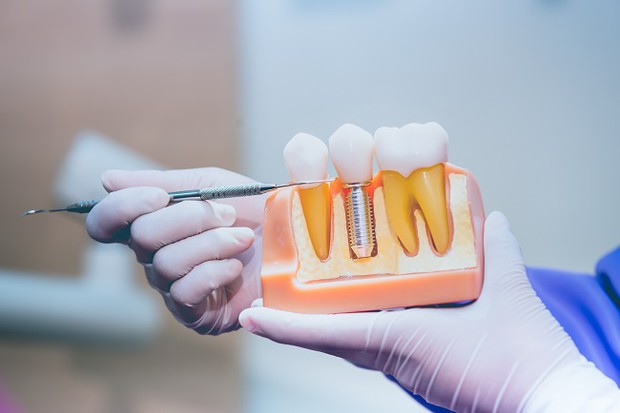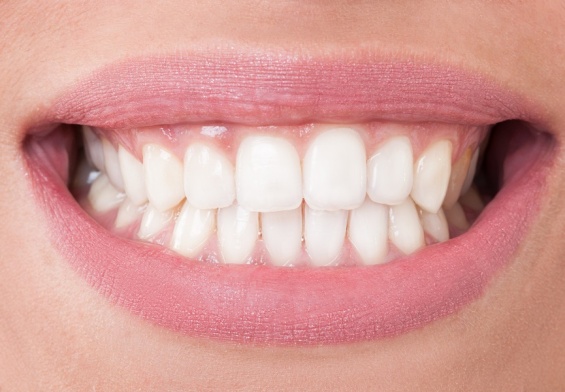Aptly named, dental bridges fill gaps. A dental bridge is a type of false tooth that has the capability of concealing gaps in teeth that make it hard to eat, smile, and even speak properly. Your bite isn’t something you think about often, until it becomes a problem. Dental bridges work to close the gap between teeth, bringing back proper function of teeth. But restoring function and beauty of teeth isn’t all that dental bridges do. They also help to restore overall dental health. The fact about gaps between teeth is that they can lead to a greater risk of developing gum disease because of bacteria that can build up. If you’re someone who suffers from gaps between teeth, you’ve probably been searching for a way to fix the problem. Following is more information on the purpose and procedure of dental bridges that can help you decide if a dental bridge is a viable option for your situation.
Why a dental bridge?
Dental bridges are used to close gaps that are left by missing or lost teeth. It’s necessary to close this gap because it helps to improve not just bite, but also speech as well as overall dental health. Lost teeth that create gaps can cause buildup of bacteria, leaving a patient’s mouth more susceptible to gum disease. Additionally, because they close gaps in between teeth, dental bridges can improve the appearance of your smile. Finally, a dental bridge is an effective means of blending teeth, which helps to improve confidence.
Types of dental bridges
There are three types of dental bridges, including traditional, cantilever, and resin-bonded. Traditional bridges are the most widely used type of dental bridge. Traditional bridges are fixed to 2 crowns that go over teeth adjacent to gaps. Cantilever bridges are used on patients when there are teeth on only side of the gap being closed. Resin-bonded bridges are widely used for front teeth. Resin-bonded bridges are fused to 2 metal brackets that are bonded to backs of abutting teeth.
Benefits of dental bridges
There are many benefits of dental bridges that make them one of today’s most popular restorative dental procedures. Though they’re really only used to close gaps caused by lost or missing teeth, the advantages of dental bridges are many. Perhaps most importantly, dental bridges help to fight the bacteria that could otherwise build up. Additionally, dental bridges give patients back their ability to chew food and speak more easily than if they had no bridge placed. Of course, one of the most popular reasons patients opt to have dental bridges placed is because they close gaps, leaving a more attractive appearance in the mouth. Finally, depending on the amount of work done or gaps in teeth, a dental bridge can even help a patient speak more clearly.
Drawbacks of dental bridges
Perhaps the biggest disadvantage of a dental bridge is its cost. If a patient does not have dental insurance that covers dental bridges, such a cosmetic procedure can be expensive. Another disadvantage of a dental bridge includes the fact that it may become damaged or stained, but this mostly happens if patients do not care properly for their dental bridges. Like natural teeth, dental bridges can get food particles lodged or collected around them in areas that may be hard to reach with a toothbrush. For t his reason, it’s vital for patients to adhere to a regular dental routine that includes twice-yearly visits to a family dentist. Regular dental hygiene that includes twice-daily brushing and at least once-daily flossing is at least as necessary with dental bridges as it is without. Additionally, it’s a good idea to rinse at least once a day with a mouthwash that helps to fight bacteria.
It’s not fun to think about, but the fact is that it’s hard to eat or smile with complete confidence if you’ve got gaps between your teeth. Not only that. It’s also tough to keep your mouth in optimal health with gaps because of bacteria that can build up and get trapped between teeth. If you’ve been suffering with gaps that you’d like to have repaired, contact a top dentist to schedule a consultation to learn about how dental bridges can restore your beautiful smile.




